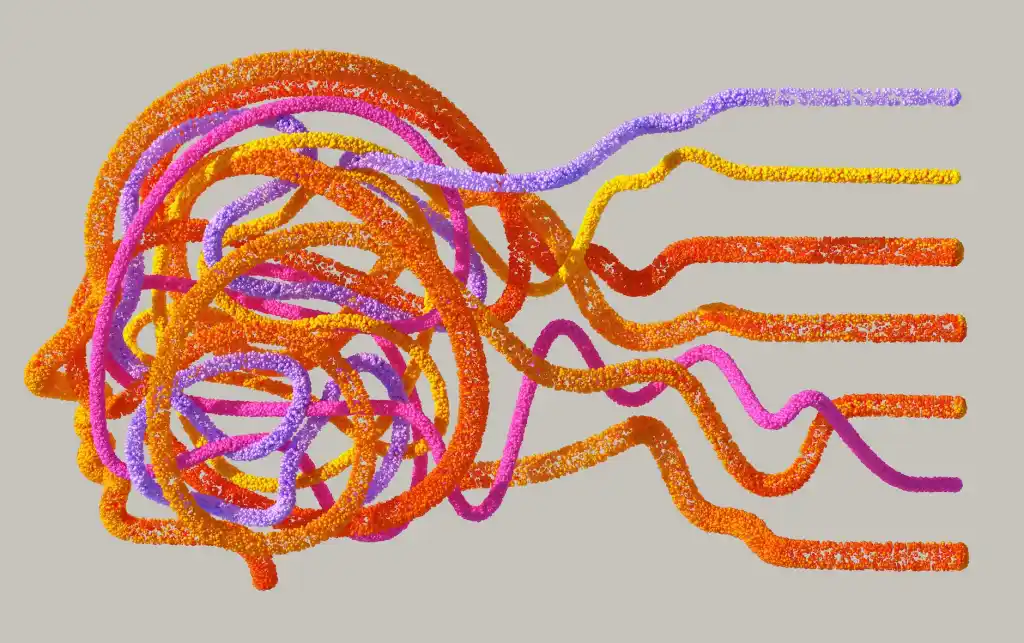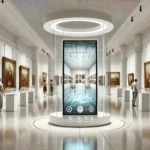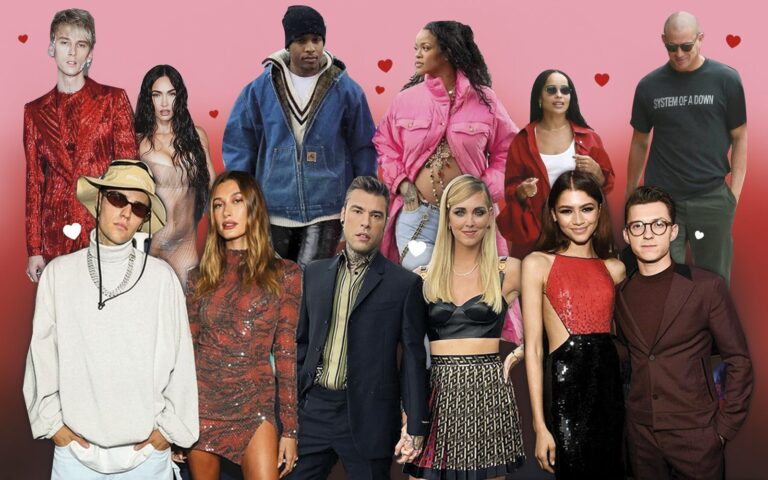Color is more than a visual delight; it is a language that communicates, evokes, and transforms. Across cultures and centuries, artists have harnessed the psychology of color to convey emotion, influence perception, and guide the viewer’s experience. From the fiery reds of passion to the tranquil blues of contemplation, the choice of hue is never …
The Power of Color: Psychology and Emotion in Art

Color is more than a visual delight; it is a language that communicates, evokes, and transforms. Across cultures and centuries, artists have harnessed the psychology of color to convey emotion, influence perception, and guide the viewer’s experience. From the fiery reds of passion to the tranquil blues of contemplation, the choice of hue is never arbitrary—it is deliberate, symbolic, and profoundly impactful.
Understanding the interplay between color and emotion provides a lens into the artist’s intent, the cultural context, and the psychological resonance of a work. Welcome to a journey through the power of color in art.
The Emotional Spectrum of Color
Color triggers emotion in ways both universal and deeply personal. While responses can vary culturally, psychological studies have mapped certain associations that remain strikingly consistent:
- Red: Energy, passion, urgency, and sometimes anger. Red draws attention immediately, creating intensity and drama in a composition. Think of Henri Matisse’s The Red Studio, where the vivid hue energizes the entire room and evokes visceral engagement.
- Blue: Calm, introspection, and melancholy. Blue has a soothing quality but can also evoke sadness. Picasso’s Blue Period illustrates how monochromatic use of blue can convey profound emotional depth and personal sorrow.
- Yellow: Optimism, warmth, and creativity. Van Gogh’s Sunflowers exemplifies how yellow can radiate vitality and hope, brightening the mood of the viewer almost instantaneously.
- Green: Growth, harmony, and renewal. Frequently associated with nature, green can evoke peace, balance, and connection to the environment.
- Black: Mystery, power, sophistication, or mourning. Black can dominate a canvas with intensity or serve as a grounding element for other colors.
- White: Purity, simplicity, and clarity. Often used for contrast, white can provide breathing space and highlight key elements.
Artists manipulate these hues, not merely to decorate, but to guide emotional response, creating layers of meaning that often speak louder than words.
Color and Cultural Symbolism
The emotional impact of color is intertwined with culture. While red may signify love and celebration in many Western contexts, it can also symbolize danger or warning. In Chinese culture, red represents good fortune, while white may symbolize mourning.
Artists often navigate these cultural associations to communicate narratives. Frida Kahlo, for example, infused traditional Mexican colors—vivid reds, deep blues, and earthy greens—to embed her heritage and personal identity into her canvases. Understanding these cultural layers allows viewers to see beyond the surface and appreciate the contextual storytelling embedded in color choices.
Psychology Meets Technique: How Artists Use Color
Color psychology is not just theory; it is applied through composition, contrast, and intensity. Consider the techniques:
- Complementary Colors: Placing opposing colors like blue and orange side by side increases vibrancy and visual tension, creating dynamic energy.
- Monochromatic Schemes: Using variations of a single color conveys harmony, simplicity, or introspection. Picasso’s Blue Period exemplifies this approach to evoke melancholy.
- Warm vs. Cool Colors: Warm tones (reds, oranges, yellows) advance toward the viewer, creating intimacy or intensity. Cool tones (blues, greens, purples) recede, providing distance and tranquility.
- Saturation and Value: Bright, saturated colors attract attention and convey vitality, whereas muted or darker tones evoke subtlety or solemnity.
The deliberate combination of these elements allows artists to orchestrate emotional journeys, ensuring that viewers feel as much as they see.
Iconic Examples of Color’s Emotional Power
- Mark Rothko: Rothko’s abstract color fields, like No. 61 (Rust and Blue), immerse viewers in pure emotion. The vast, luminous rectangles evoke meditation, sadness, or serenity depending on personal perception. Rothko believed that color could communicate basic human emotions more profoundly than any representational form.
- Claude Monet: In his Water Lilies series, Monet uses soft blues and greens to evoke reflection, calm, and the subtle rhythms of nature. The color itself becomes the message.
- Gustav Klimt: In The Kiss, golden hues symbolize opulence, intimacy, and transcendence. Gold is both material and emotional, elevating the viewer’s perception of love and sacred connection.
Each of these artists demonstrates that color is not an accessory—it is the narrative. The choice of hue can define the tone, mood, and emotional gravity of the entire piece.
Modern Applications: Digital Art and Design
In today’s digital era, color psychology extends beyond traditional canvases into design, marketing, and digital media. Artists and creators now consider how color influences online engagement, user experience, and emotional impact in a virtual space.
Social media visuals, website designs, and branding strategies rely on color to convey trust, urgency, or creativity. While these applications are commercial, the underlying principle remains the same as in painting: color shapes perception and evokes response. The language of hue continues to bridge art and psychology, tradition and technology.
The Viewer’s Experience: Subjectivity and Interpretation
While psychology provides guidelines, the emotional impact of color is ultimately subjective. Personal experiences, memories, and associations shape how an individual perceives a painting. A red sunset may evoke warmth for one viewer and sadness for another; a blue ocean might calm one mind and inspire nostalgia in another.
This subjectivity is what makes art endlessly engaging. A painting is a conversation between creator and observer, mediated by the universal yet personal language of color. Understanding theory enriches the experience, but personal resonance defines its lasting power.
Color as a Tool for Social and Political Expression
Color is also a vehicle for activism and social commentary. Protest art, murals, and public installations often employ bold palettes to signal urgency, solidarity, or resistance. For instance, vibrant murals in urban neighborhoods addressing racial justice or climate change use color to capture attention, evoke empathy, and inspire action.
Artists strategically deploy hues to communicate messages that transcend words. Red may signify urgency, blue may suggest reflection, and yellow may radiate hope — each color carefully chosen to engage viewers on both visual and emotional levels.
Conclusion: The Lasting Influence of Color
The power of color in art lies in its dual capacity to express and evoke. It bridges intellect and emotion, history and perception, culture and personal experience. From the intimate brushstrokes of Van Gogh to the immersive fields of Rothko, color is a silent storyteller — conveying joy, sorrow, contemplation, or outrage without uttering a single word.
For viewers, understanding the psychology of color transforms the experience of art. A painting becomes not just an object to admire, but a journey through emotion, culture, and human consciousness. In every hue, there is a story; in every combination, a dialogue. And in that dialogue, art reminds us that the world is not only what we see, but what we feel.




